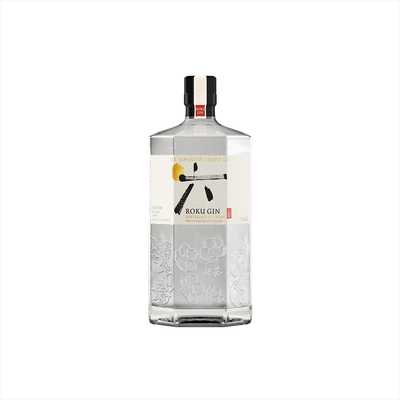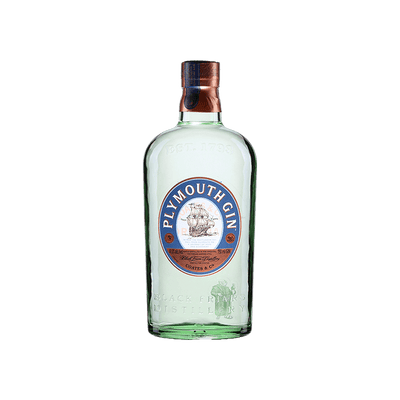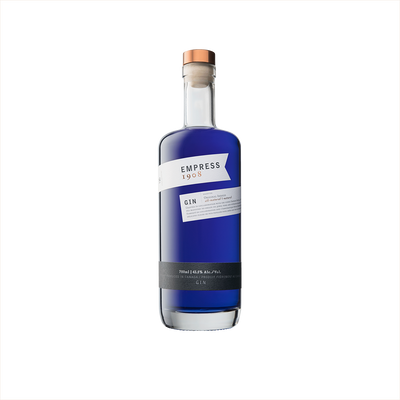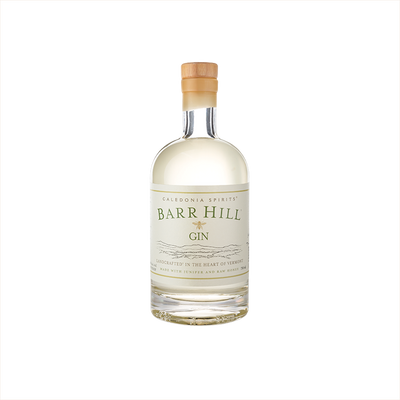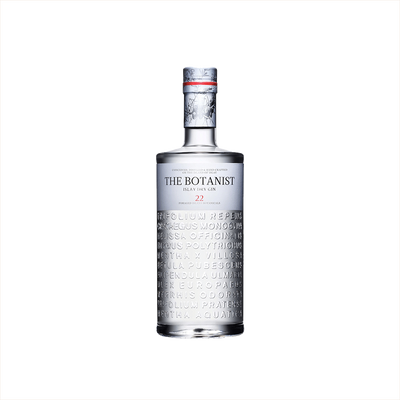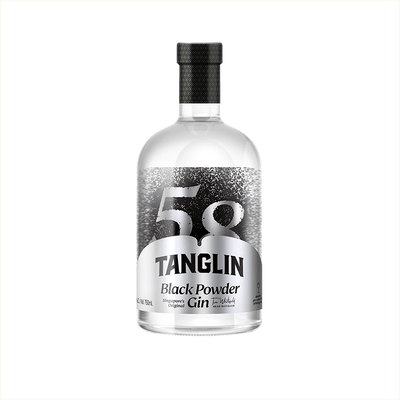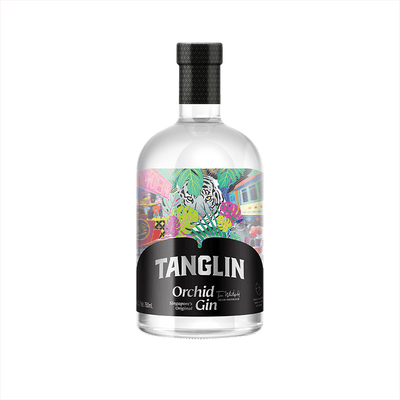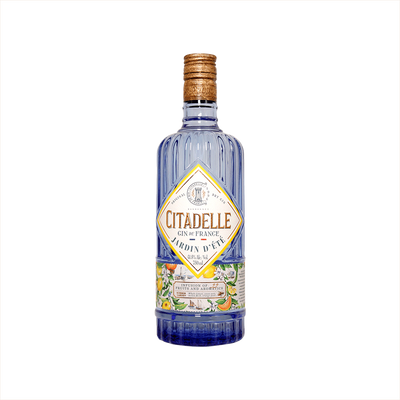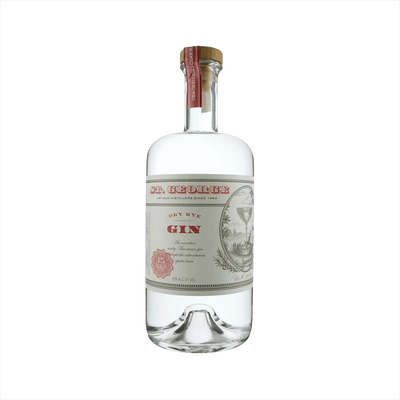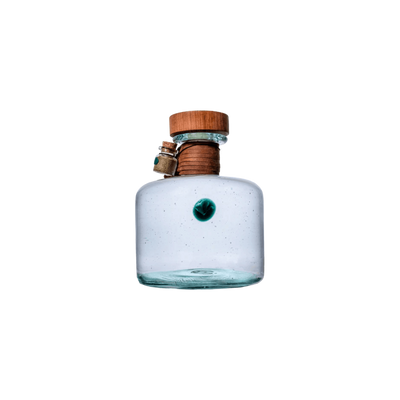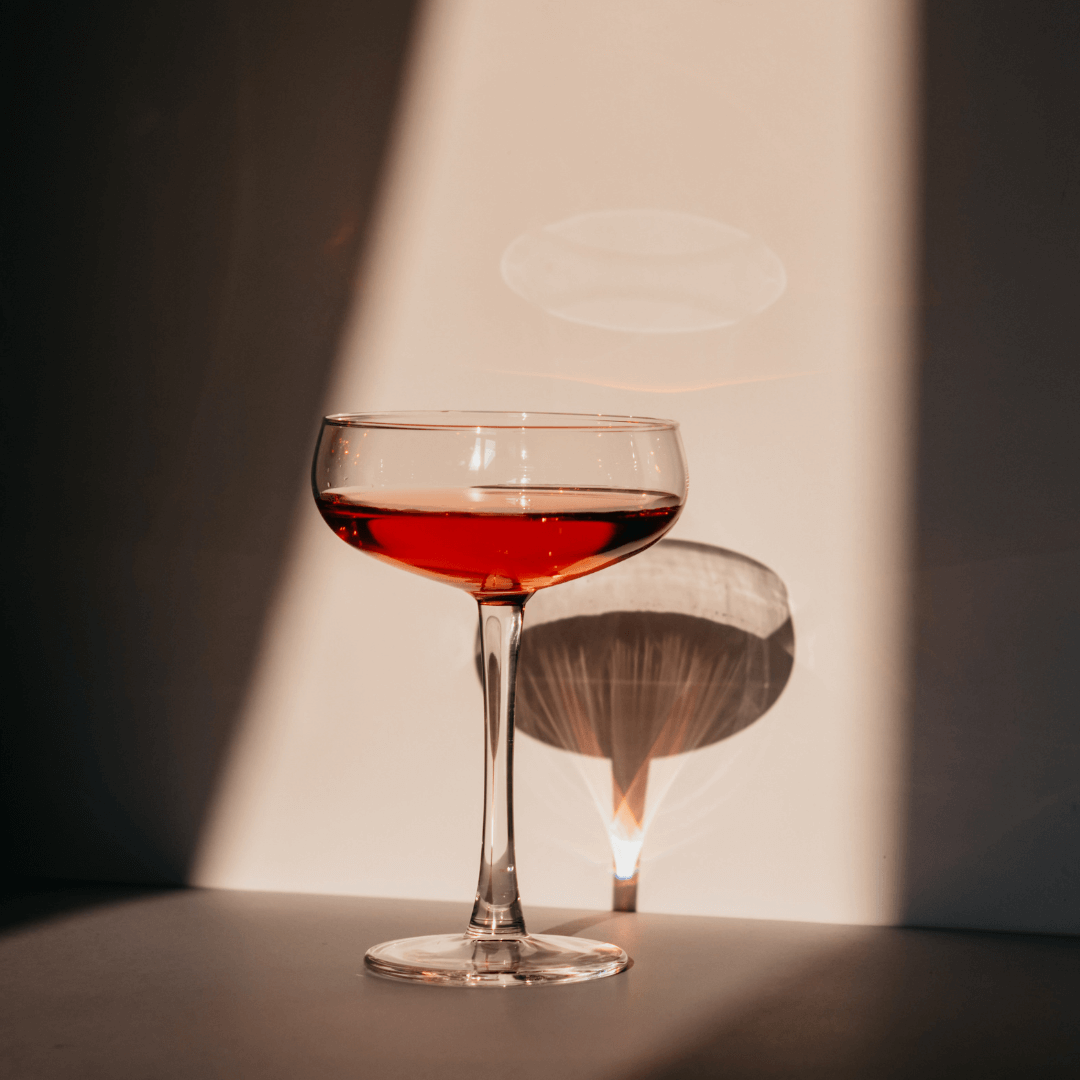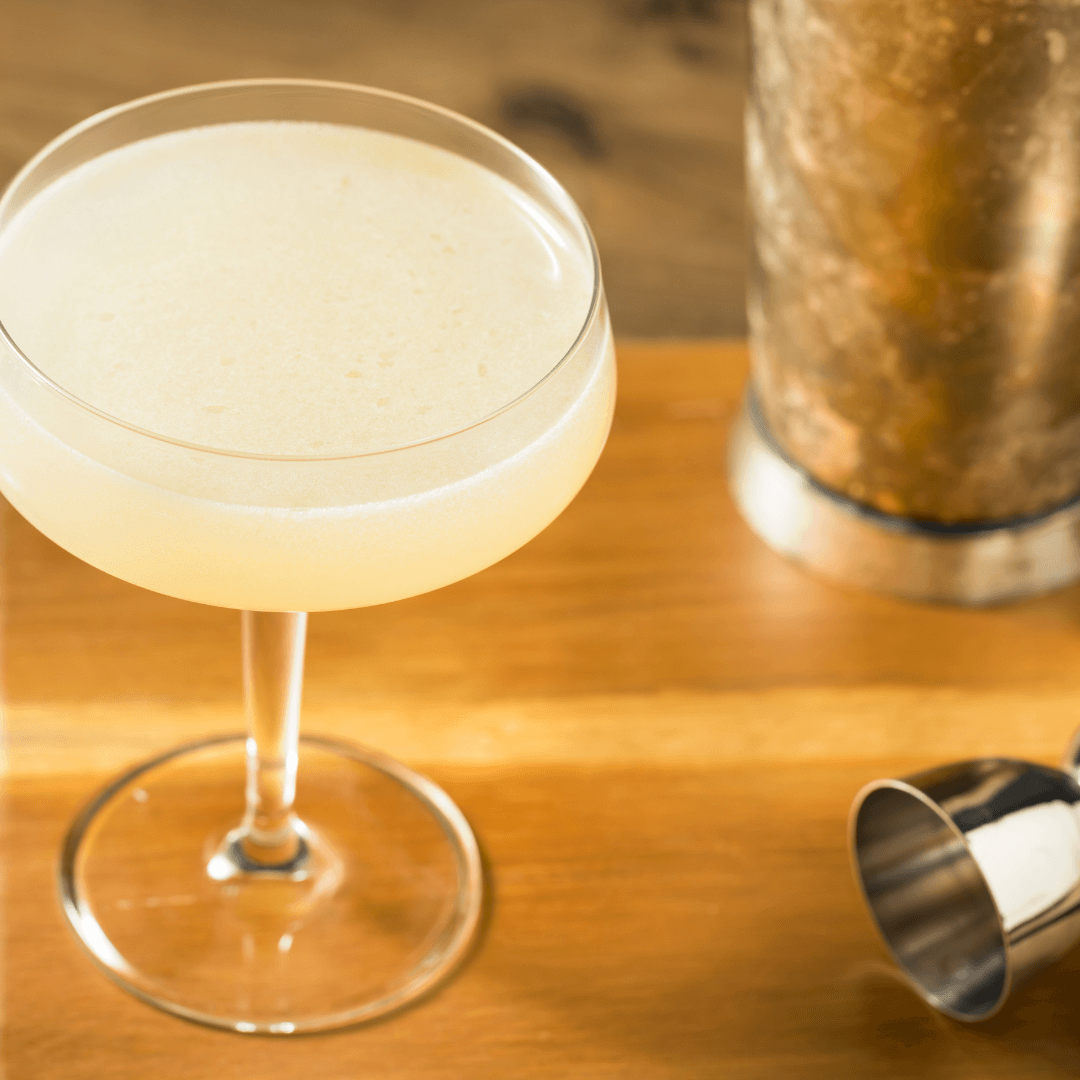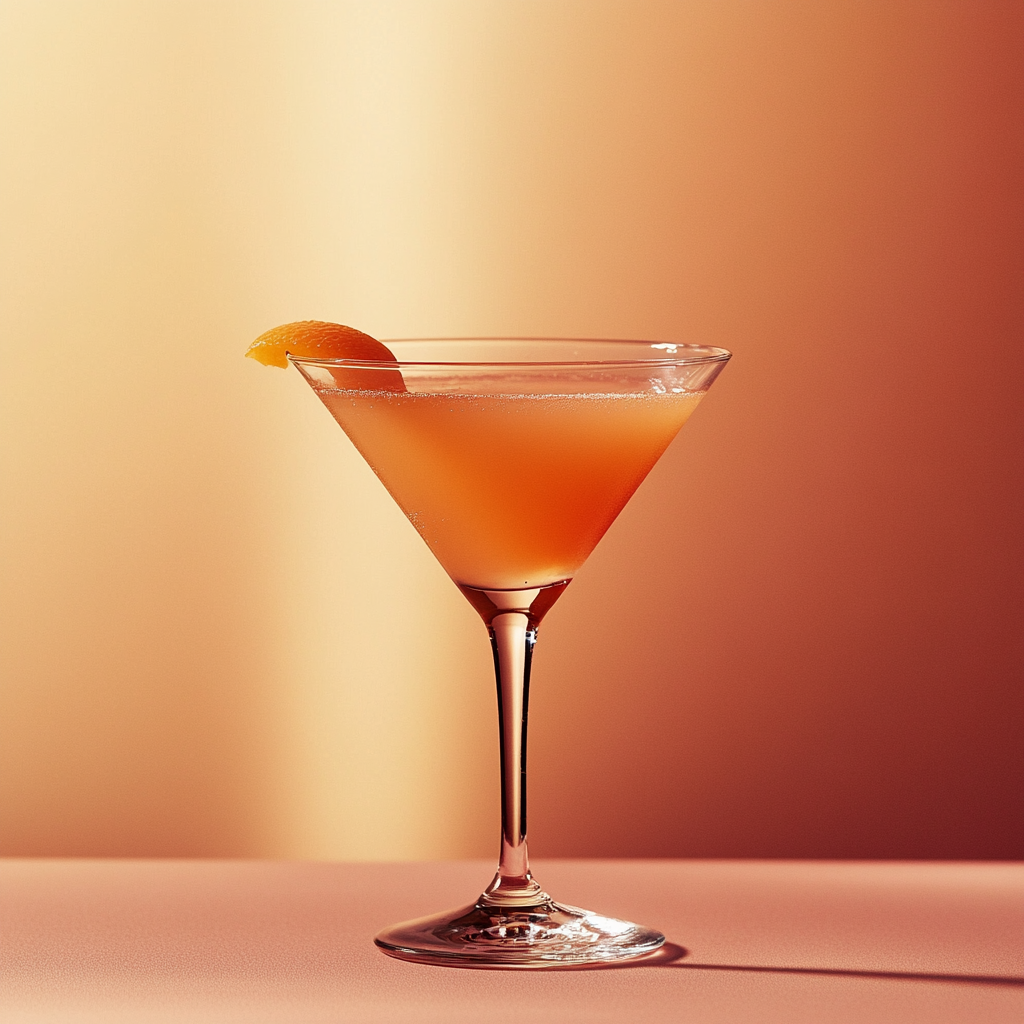Regional Gin
What is Regional Gin?
Regional Gin represents a fascinating category within Other Gin that celebrates the unique botanical heritage and distilling traditions of specific geographic areas. These gins are defined by their use of locally sourced botanicals, indigenous plants, or traditional recipes that reflect the terroir and cultural identity of their region of origin. From Mediterranean gins featuring native herbs and citrus to Scandinavian expressions incorporating Arctic botanicals, Regional Gin tells the story of place through carefully selected ingredients that could only come from that particular corner of the world.
Learn More About Regional Gin
What makes Regional Gin unique?
Regional gins stand apart by showcasing the terroir and local botanicals of their specific geographic origins, creating flavor profiles that literally taste like their homeland. While London Dry and other gin styles follow established formulas, regional gins celebrate indigenous ingredients like Australian finger limes, Mediterranean herbs, or Nordic cloudberries that simply can't be replicated elsewhere. This connection to place gives each regional gin a distinctive personality that reflects local culture, climate, and botanical heritage rather than adhering to traditional gin-making conventions.
How is Regional Gin Made?
Regional gin starts with a neutral grain spirit base that gets infused with juniper berries and a carefully selected blend of botanicals that reflect the local terroir - think wild herbs, native fruits, or distinctive spices found in that specific geographic area. Distillers typically use traditional copper pot stills to vapor-infuse these botanicals during redistillation, though some prefer steeping methods or a combination of both techniques to extract the most authentic flavors from their regional ingredients. The magic happens when master distillers balance these local botanicals with classic gin essentials, creating spirits that taste unmistakably like their place of origin while still honoring gin's fundamental character.
How do you drink Regional Gin?
Regional gin shines brightest in cocktails that showcase its unique botanical profile—think classic gin and tonics where you can really taste those local ingredients, or in martinis when you want to appreciate the subtle terroir differences. While purists occasionally sip premium regional gins neat or over ice to fully appreciate their distinct character, most people enjoy them mixed where the careful balance of botanicals can complement other ingredients without getting lost. These gins work beautifully in everything from simple highballs with quality tonic water to more complex cocktails like Negronis or Aviation cocktails, where their distinctive regional botanicals add an extra layer of complexity and sense of place.
How do I choose good Regional Gin?
Start by considering what makes each region's gin distinctive—London Dry gins offer classic juniper-forward profiles perfect for martinis and G&Ts, while American craft gins often feature bold botanicals that shine in more creative cocktails. Match your gin's intensity to your drink: delicate floral gins work beautifully in aviation cocktails or French 75s, while robust, spice-heavy regional varieties can stand up to negronis or gimlets. The best approach is to taste a few different regional styles neat first, then experiment with how their unique botanical signatures play with your favorite mixers and cocktail recipes.
Nutritional Information
Typical Calorie Range per Ounce: 64-70 calories
Typical Carbohydrate Range per Ounce: 0-0.1 grams
Typical Sugar Range per Ounce: 0 grams
Typically Gluten Free: Yes
Regional gins follow the same nutritional profile as other quality spirits. The distillation process removes virtually all carbohydrates and sugars, leaving behind pure ethanol and water infused with botanical flavors. While most gins are gluten-free due to distillation removing gluten proteins even from grain-based spirits, some producers may add ingredients after distillation that could contain gluten.
Always check the specific product label and manufacturer information to confirm gluten-free status, especially if you have celiac disease or severe gluten sensitivity. Some craft distillers use unique botanicals or finishing processes that might affect the final product's composition.
Scrolled this far? Your reward? Regional Gin Trivia!
- Scotland's gin makers legally can't call their product "Scottish Gin" unless it contains at least one Scottish botanical. This quirky regulation means distillers get creative with native ingredients like rowan berries, Scottish juniper, and even kelp. Some brands like Hendrick's sneak in cucumber and rose petals, while others use heather honey or bog myrtle to earn their Scottish stripes.
- Japanese gin distillers often use sake yeast during production, creating subtle umami notes that Western palates rarely detect. This technique, borrowed from centuries of sake brewing, adds an almost imperceptible savory depth that makes Japanese gins pair surprisingly well with sushi and other delicate foods. The yeast also helps create that silky mouthfeel that distinguishes Japanese spirits.
- German gin makers are required by law to use exactly 37.5% alcohol by volume as their minimum proof, which is lower than most other countries. This seemingly random number stems from old Prussian tax laws, and it means German gins often taste smoother and more botanical-forward than their higher-proof cousins. Many German distillers now embrace this quirk as a feature, not a bug.
- Australian gin producers frequently use native botanicals that are technically poisonous in large quantities, including certain eucalyptus varieties and finger lime. The trick lies in precise distillation techniques that capture the flavor compounds while leaving behind harmful elements. These "dangerous" botanicals often create the most distinctive and memorable flavor profiles in Australian craft gins.
- French gin production exploded after a 1920s law banned absinthe, and many former absinthe distilleries simply switched to making gin using their existing wormwood-infused equipment. This historical accident means some French gins still carry subtle herbal notes from decades of absinthe production absorbed into the copper stills. A few heritage distilleries even advertise this "ghost of absinthe" character as a selling point.
Higher-proof spirits can be intense. Mix carefully, taste thoughtfully, and enjoy responsibly.
Gift message (optional)

